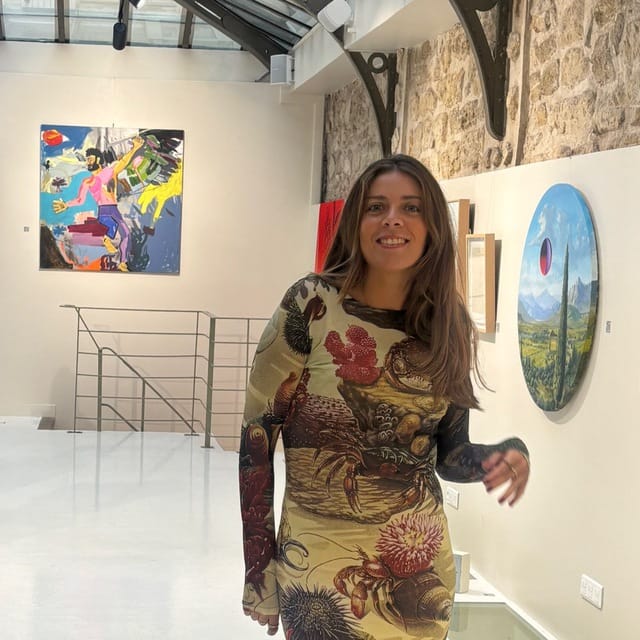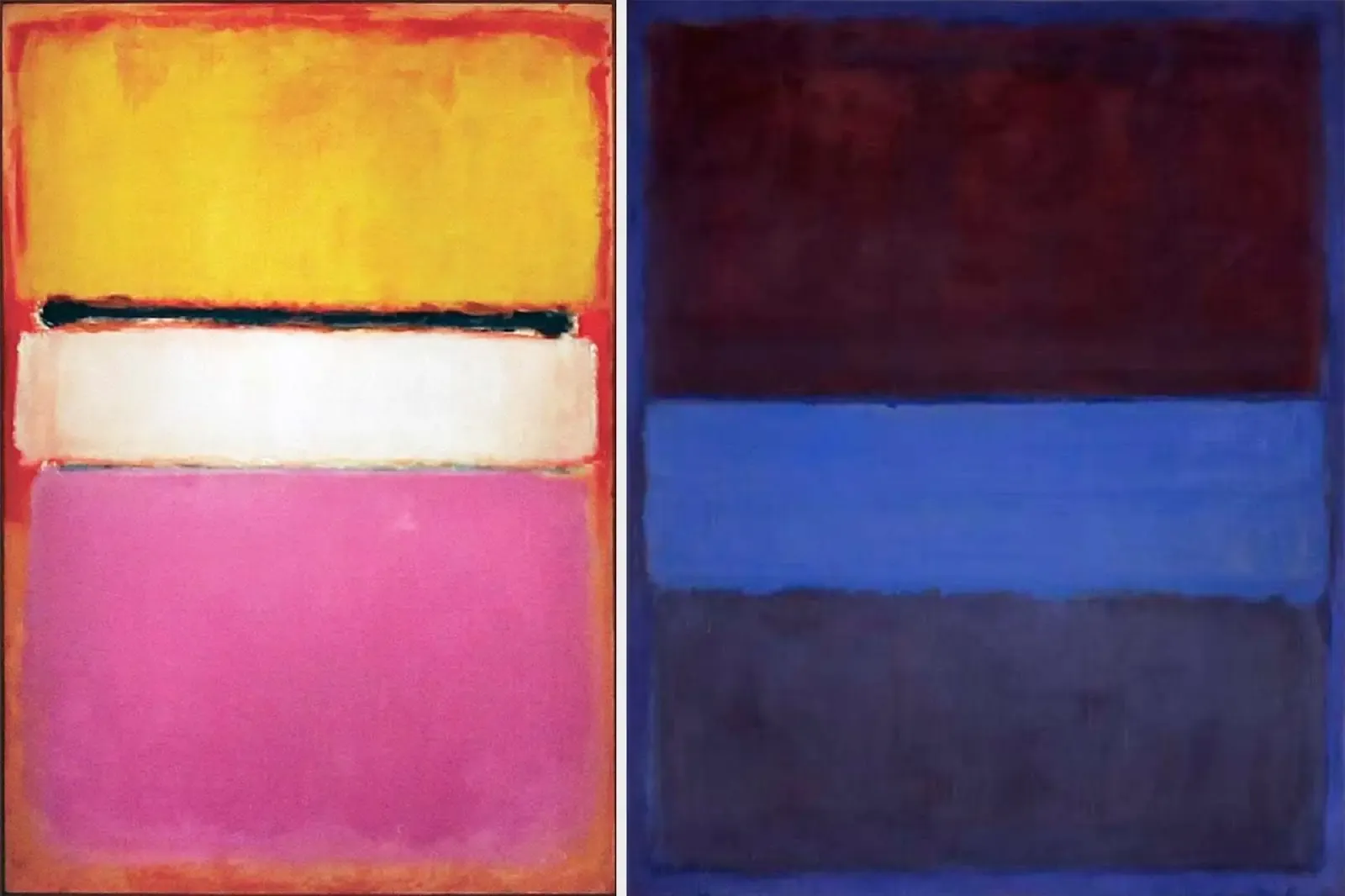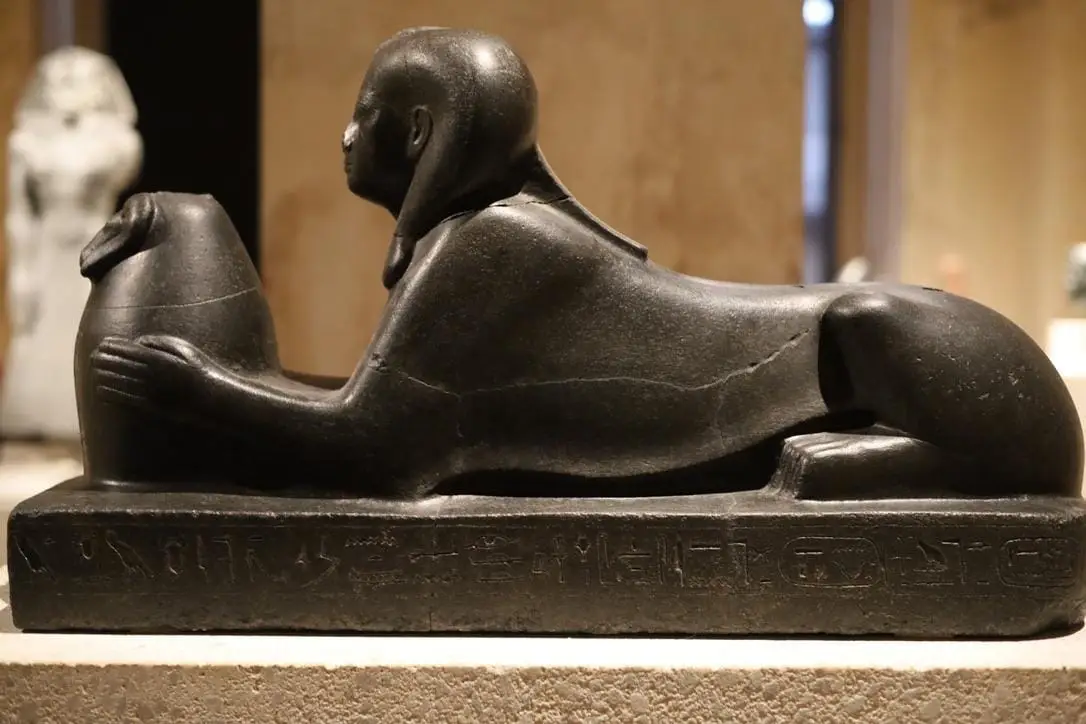Three questions to MOM
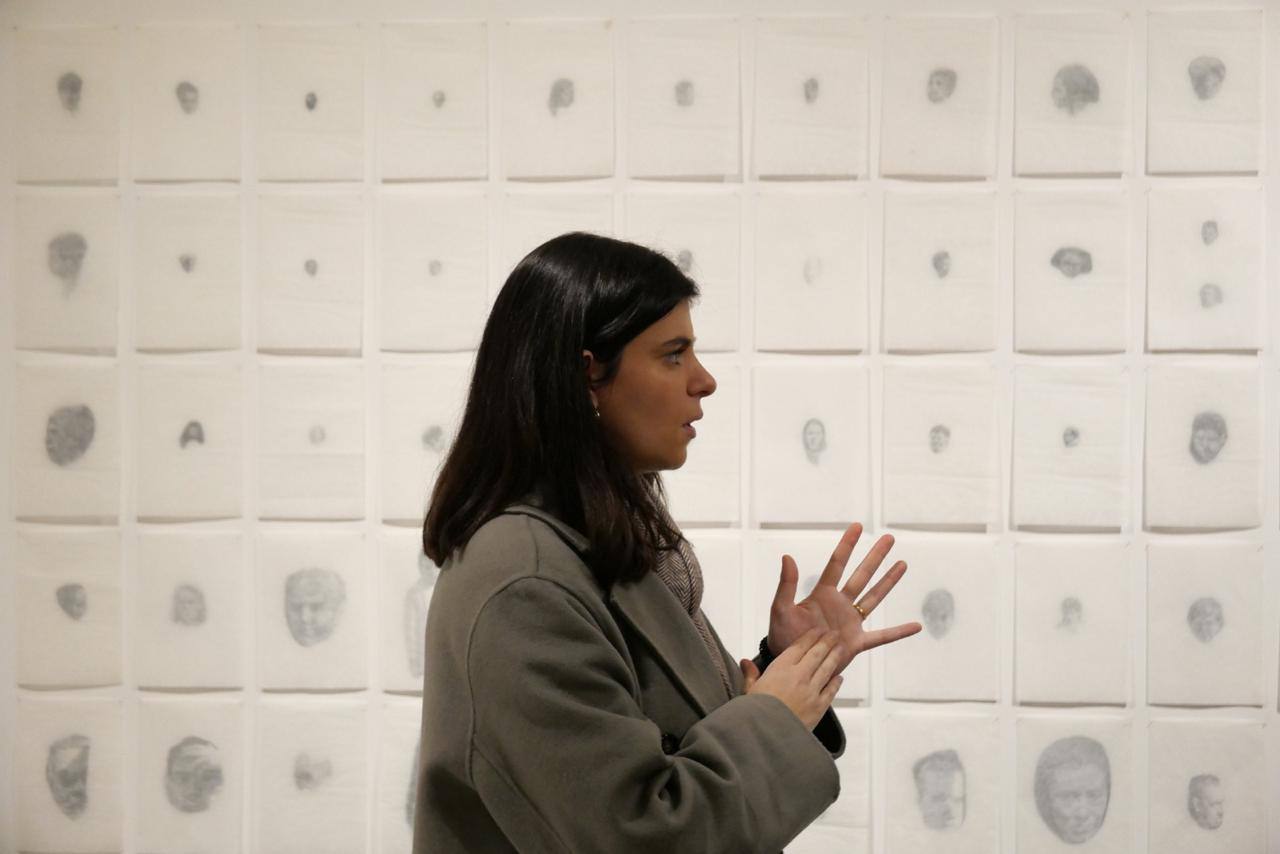
About MOM
MOM is a Lisbon-based artist whose research focuses on the social fragilities of modern society, encouraging critical thought and contemplative moments through painting, drawing, sculpture, and installation. She is also the director and founder of Pousio – Arte e Cultura, an association established in 2019, where she coordinates the artistic residency program.
How did art enter your life? Could you tell us about your journey?
When I was seven, I tugged on my father's shirt and said, “When I grow up, I'm going to be a painter. I'll drop my kids off at school and then go paint in my studio.” I said this as we watched this painting of an old lady eating soup called Old Rosa (A velha Rosa). We were at the exhibition marking the centenary of my great-aunt Maria de Lourdes Mello e Castro, a painter who has been inspiring me ever since.
As a kid, I drew compulsively - long before that moment. I mixed references from the cartoons I watched (the good ones. the Japanese ones) and with the old masters I got to know from an extended collection of books we had at our house. Figures and narratives, BD, were where I started. And it gradually changed throughout my adolescence, where I started to split my attention between fine arts and music.
It was no surprise when I enrolled at the Faculty of Fine Arts in Lisbon, where I started to fully understand the power of the human figure and how it can move people in such different ways, provided with different contexts. This was the time I got to know the second wave of expressionism that hugely influenced my work (Lucian Freud, Leon Kossoff, Paula Rego, and so on). Yet I still couldn’t quite figure out why was I so drawn to this subject and it was only by the end of my master’s degree that I realized that what really mattered to me was not the representation of the human figure in itself but the relationship with the person I was portraying, Empathy and honesty began to be the common guidelines of my practice. Ever since then, I’ve been researching and building projects around it - from creating an association that works on socially committed projects, to exhibiting projects revolving around the social dilemmas of my time.
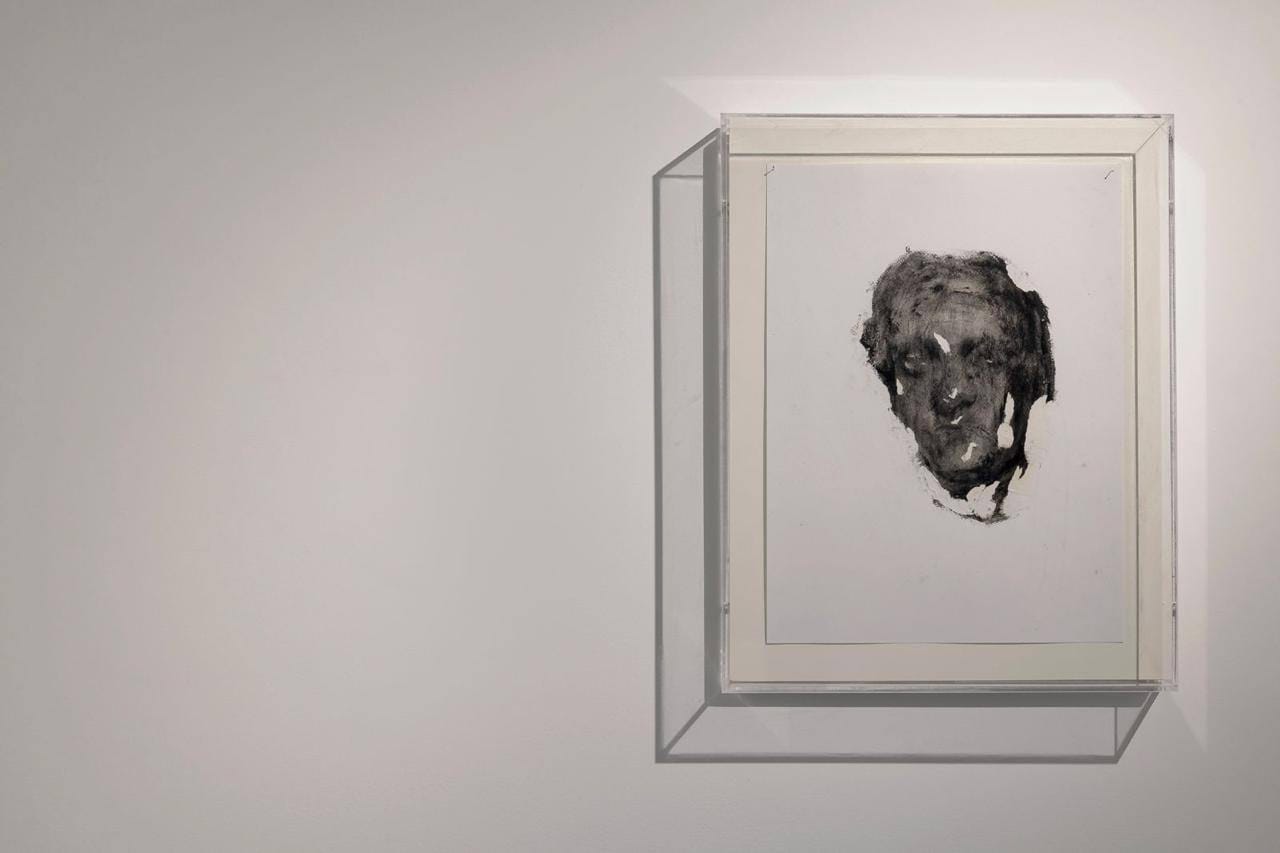
Your work focuses on social fragilities in contemporary society and creates spaces for critical thinking. What draws you to explore these vulnerabilities?
At a certain point in my twenties, I realized that we’re reaching an irreversible point in society, where we don’t even notice the isolation we’re living in. So much that we don’t know our neighbors, don’t dine with our families, that we replace socialization with social media and it’s not the same thing. Social interaction became a product and we’re part of customized networks that predict our needs and set the trends. We think it’s individualization, but in reality we’re falling into patterns and algorithms. This contemporary experience rules out reality and all its intricacy and complexity. What do we really know about the people who surround us?
This hit me while I was doing voluntary work. I spent most of my teens and twenties working with different organizations and helping out in many different ways. I always felt inspired by my family and the sense of public duty they raised me in. And one thing you learn when you get to help others is that they’re so much more than their struggles and that there’s hope, there’s always hope and happiness in the most dire places. Getting to know these realities taught me so much about humanity and how presence matters. Also, how much you receive in return it’s so surprising. How meaningful it was when a group of families offered our group of volunteers an incredible meal and we knew they were all enrolled in the food bank.
So, during my creative path, I realized that if I really was looking for honesty and empathy, I’d have to share these experiences and question each observer and their role in society, starting with myself.
Building artwork around social fragilities can be very political, but I don’t really offer opinions nor solutions. I try to create, as you say, “spaces for critical thinking” and even more, to inspire myself and others to look outwards.
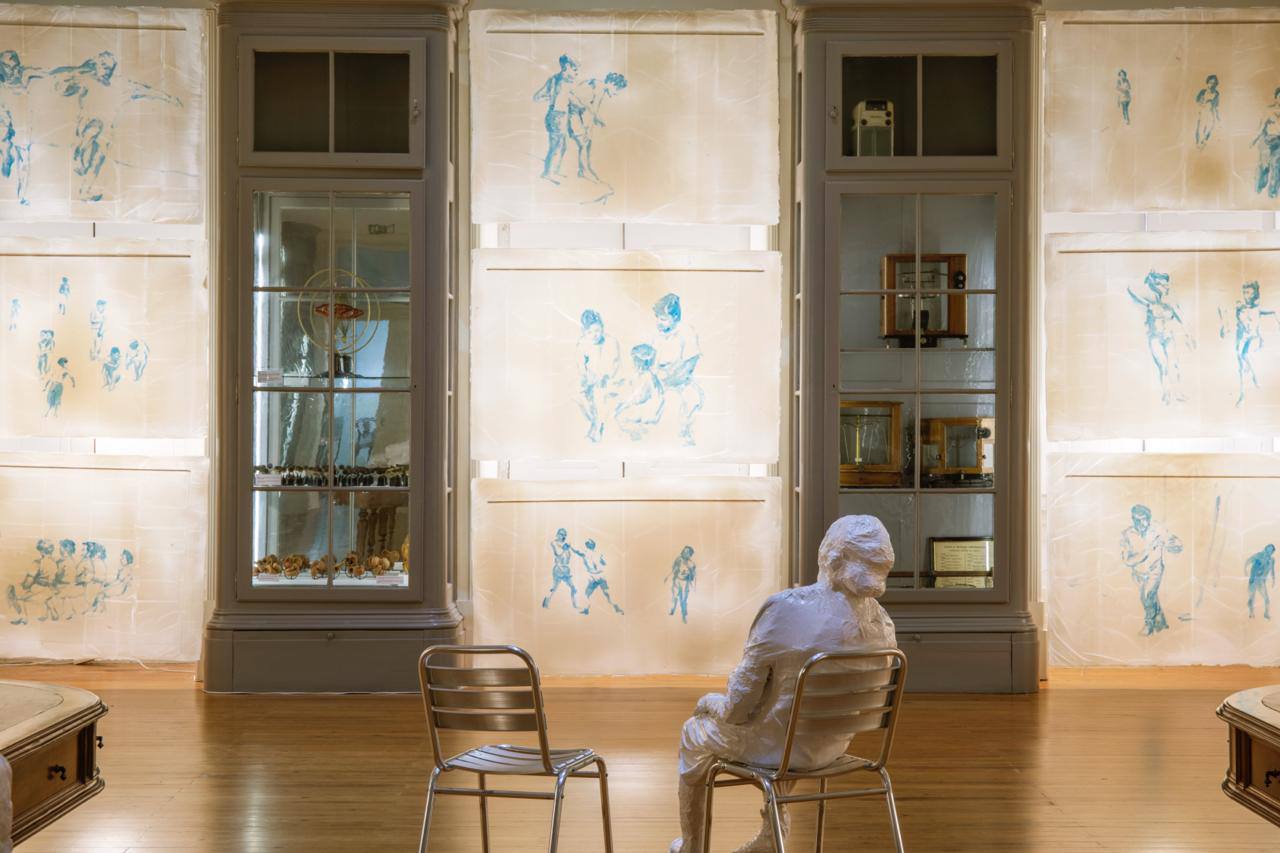
You're not only an artist but also the founder of Pousio – Arte e Cultura, coordinating residencies and cultural projects. How does your role as a cultural organiser influence your own artistic practice? How do they interrelate?
I think I’m coming more and more to the realization that Pousio is also a research field for me. My motivation to create the association came from the eagerness to share these ideas I’ve mentioned before with other artists and it turned out there were a lot of them who shared the same views. Together, we founded Pousio.
We started out with the goal to set artistic residencies throughout rural and isolated Portugal but we quickly realized there were similar patterns of isolation in the cities. So we added other projects to our route and diversified the typology of the projects. Apart from the residencies, we created and managed a cultural hub in the center of Lisbon, curated exhibitions ( including a major visual collective exhibition cycle during the pandemic), and opened a ceramic studio in a foster home in Loures.
I got to learn a lot from managing all these projects and people, and one of the things I take from it is the privilege of getting to know so many artists and different approaches to socially engaged projects. These interactions obviously have inspired me throughout these last 6 years and have given me the courage to aim higher at my own projects.

Our selection of MOM's works

